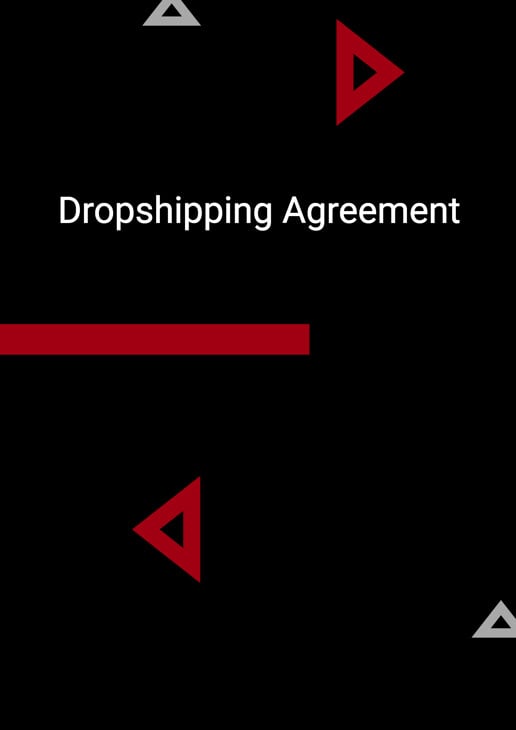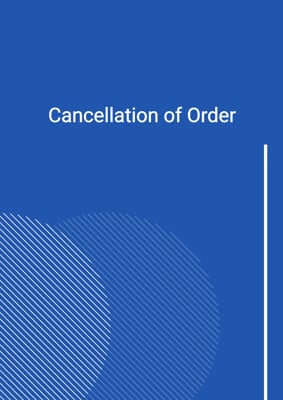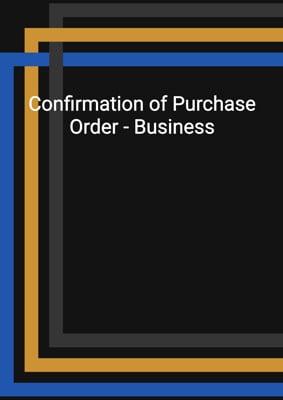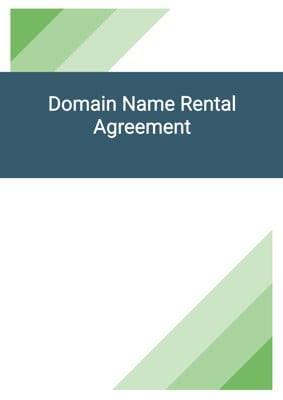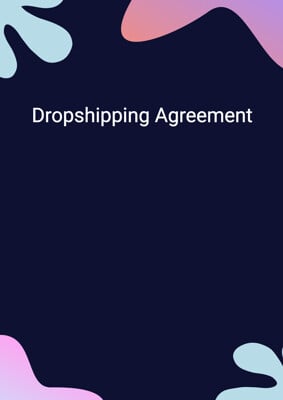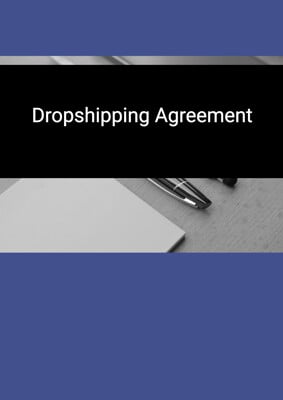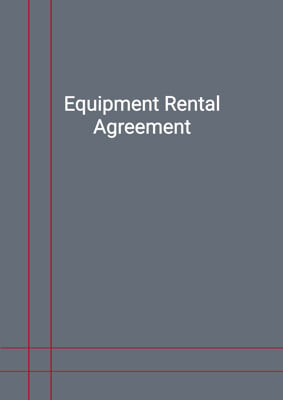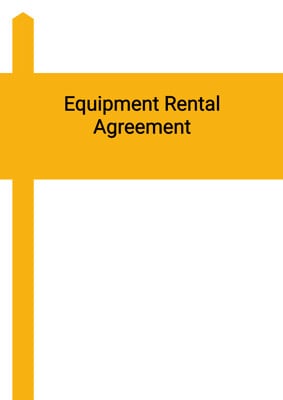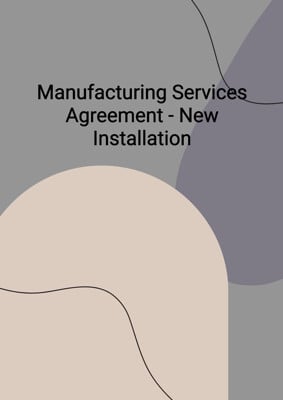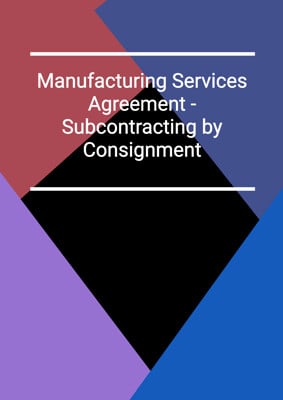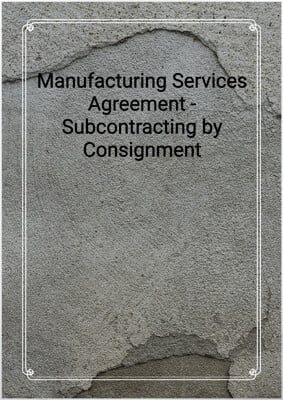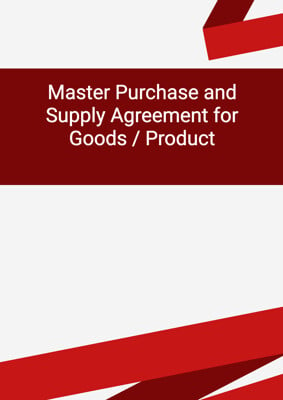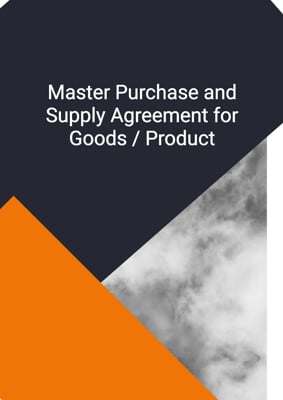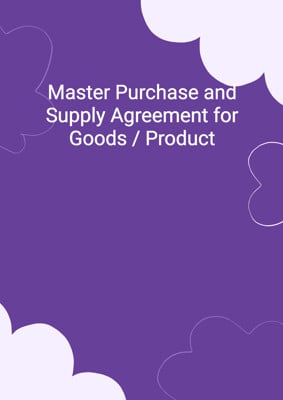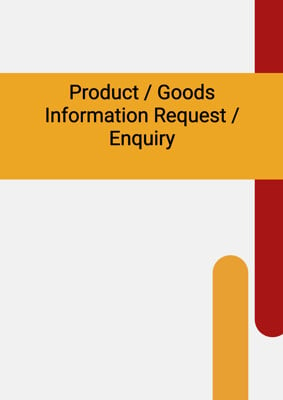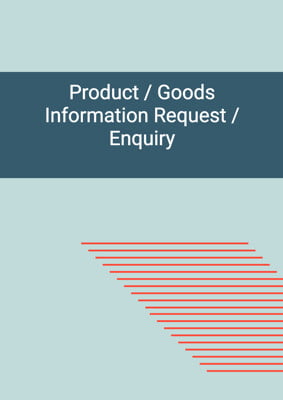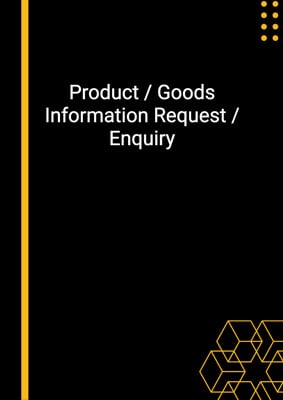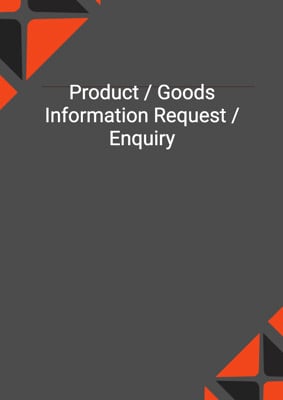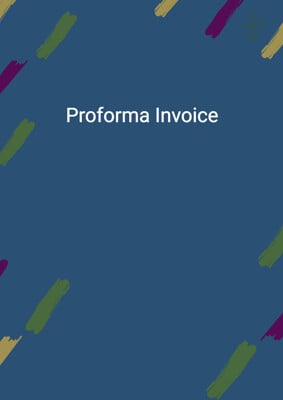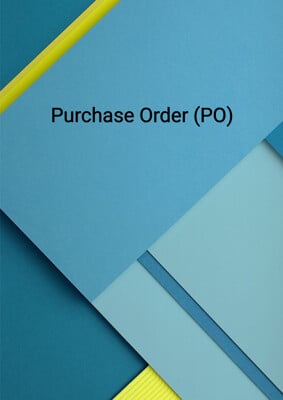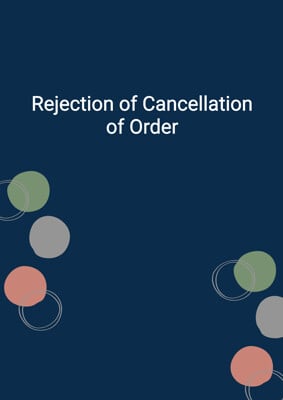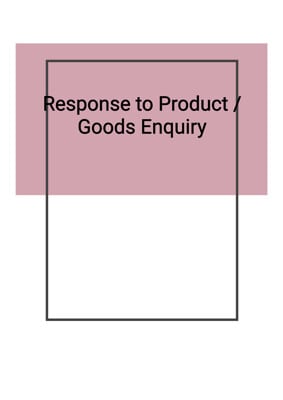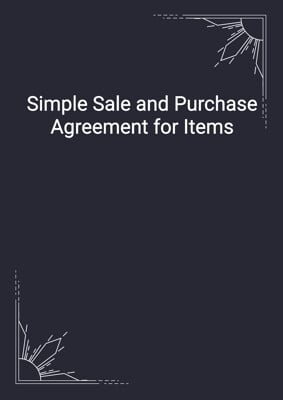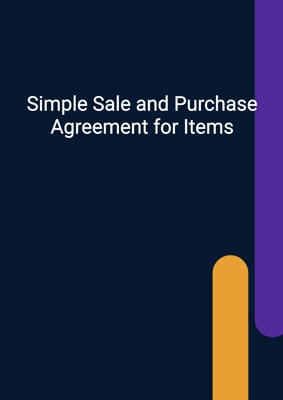How to Tailor the Document for Your Need?
01
Create Document
Fill in the details of the parties. You can click the "Fill with Member’s Information" button to complete it with information saved to your account.
02
Fill Information
Please fill in any additional information by following the step-by-step guide on the left hand side of the preview document and click the "Next" button.
03
Get Document
When you are done, click the "Get Document" button and you can download the document in Word or PDF format.
04
Review Document
Please get all parties to review the document carefully and make any final modifications to ensure that the details are correct before signing the document.
Document Preview
Document Description
This dropshipping agreement is a legally binding document that outlines the terms and conditions between the supplier and the vendor. The agreement is important as it establishes the relationship between the two parties and sets out their respective rights and obligations. It is crucial for both parties to understand and comply with the terms of the agreement to ensure a smooth and successful business partnership.
The entire document is divided into several sections, each addressing different aspects of the agreement. The first section, titled 'Definitions', provides definitions for key terms used throughout the agreement. This ensures clarity and avoids any confusion or misinterpretation.
The second section, titled 'Interpretations', clarifies how certain terms and expressions should be understood within the context of the agreement. It also specifies that in case of any conflict between the provisions of the order and the agreement, the agreement shall prevail.
The third section, titled 'Basis of Purchase', outlines the responsibilities of the supplier in providing product fulfillment for all sales obtained by the vendor. It clarifies that the supplier is not involved in the actual transaction between the vendor and the customer and that the order constitutes an offer by the vendor to purchase the products.
The fourth section, titled 'Images', states that the supplier shall provide images of the products to the vendor for use on its website. It also specifies that the supplier retains all rights to the images and can prohibit their use.
The fifth section, titled 'Price, Fees, and Charges', details the pricing structure and payment terms. It specifies that the supplier will provide a detailed listing of all products along with their prices and any additional charges. It also mentions that the supplier will provide recommended retail prices for the products. The section further explains the drop shipping fee and the supplier's responsibility to supply the products at competitive prices and conditions.
The sixth section, titled 'Payment', specifies the time of invoicing and the time of payment. It states that the vendor shall pay the price of the products within a certain number of days from the date of the supplier's invoice. It also mentions the consequences of unpaid sums and the supplier's right to terminate the agreement or suspend further deliveries in case of non-payment.
The seventh section, titled 'Delivery', outlines the obligations of the supplier regarding the delivery of the products. It states that the products shall be delivered to the address provided by the vendor within a specified timeframe. It also mentions that time for delivery is of the essence and that the supplier shall reimburse the vendor for any costs resulting from late delivery.
The eighth section, titled 'Quality', addresses the quality standards and specifications of the products. It states that the supplier shall maintain quality control procedures to ensure compliance with the order and the agreement. It also mentions the supplier's obligation to comply with all applicable regulations and legal requirements.
The ninth section, titled 'Returned Products', explains the vendor's policy regarding returns and the supplier's obligations in relation to returned products. It states that all products shipped to the customer must be new and of first quality. It also mentions the supplier's responsibility to participate in the recall process in case of defective products.
The tenth section, titled 'Risk and Property', clarifies the transfer of risk and property in the products. It states that the risk of damage or loss passes to the customer upon delivery, while the property passes to the customer upon payment.
The eleventh section, titled 'Assignment and Subcontracting', addresses the assignment and subcontracting of the agreement. It states that the vendor may assign the agreement to any person, firm, or company with the supplier's consent.
The twelfth section, titled 'Warranty', outlines the supplier's warranty obligations. It states that the products shall be of satisfactory quality, fit for purpose, safe, and free from defects. It also mentions the supplier's obligation to comply with all applicable laws and regulations.
The thirteenth section, titled 'Indemnity', explains the supplier's indemnification obligations. It states that the supplier shall indemnify the vendor against any liability, loss, damages, costs, and expenses arising from breach of warranty, infringement of intellectual property rights, or any act or omission of the supplier.
The fourteenth section, titled 'Intellectual Property', addresses the ownership and use of intellectual property rights. It states that all copyright, patent, trade secret, and other proprietary rights in the products and related information shall remain vested in the supplier. It also mentions the supplier's indemnification obligation in case of any claim of infringement.
The fifteenth section, titled 'Termination', explains the conditions and consequences of termination of the agreement. It states that either party may terminate the agreement by providing written notice. It also mentions the obligations of the supplier to fulfill all orders obtained by the vendor prior to termination and the vendor's obligation to pay for the products supplied.
The sixteenth section, titled 'Force Majeure', addresses the parties' obligations in case of events beyond their control. It states that if either party is prevented from fulfilling its obligations due to a supervening event, it shall not be considered a breach of the agreement. It also mentions the parties' liability for damages and the automatic termination of the agreement after a certain period of incapacity.
The seventeenth section, titled 'Notices', specifies the requirements for giving notice under the agreement. It states that notices must be in writing and can be sent by email, delivered by hand, or sent by post. It also provides the addresses for sending notices.
The eighteenth section, titled 'Confidentiality', addresses the parties' obligations regarding the confidentiality of information exchanged during the course of business. It states that each party must use the confidential information solely for the purpose of conducting business and must not disclose it to any third party without consent.
The nineteenth section, titled 'Waiver', clarifies that no waiver by the vendor of any breach of the agreement shall be considered a waiver of any subsequent breach.
The twentieth section, titled 'Severance', states that if any provision of the agreement is held invalid or unenforceable, it shall not affect the validity of the other provisions.
The twenty-first section, titled 'No Rights for Third Parties', clarifies that a person who is not a party to the agreement shall have no rights under the agreement.
The twenty-second section, titled 'Dispute Resolution', outlines the procedure for resolving disputes between the parties. It states that the parties shall use all reasonable endeavors to resolve the dispute amicably and, if necessary, refer the dispute to the respective chairmen/chief executives of the parties.
The twenty-third section, titled 'Counterparts', states that the agreement may be executed in multiple counterparts, each of which shall be considered an original.
The document also includes an annexure, which lists the products covered by the agreement.
How to use this document?
To use this dropshipping agreement effectively, follow these steps:
1. Familiarize yourself with the entire agreement: Read the agreement carefully to understand its terms and conditions. Pay attention to definitions, interpretations, and each section's content.
2. Customize the agreement: Modify the agreement to reflect the specific details of your business relationship. Update the party names, addresses, and any other relevant information.
3. Include additional clauses if necessary: If there are any additional terms or conditions you want to include in the agreement, consult with legal professionals and add them accordingly.
4. Provide images of products: As the supplier, ensure you provide high-quality images of the products to the vendor for use on their website. Retain all rights to the images and prohibit their unauthorized use.
5. Determine pricing and payment terms: Agree on the pricing structure, including the price of each product and any additional charges. Specify the payment terms, including the time of invoicing and the time of payment.
6. Establish quality control procedures: Implement quality control procedures to ensure the products meet the required standards. Comply with all applicable regulations and legal requirements.
7. Handle returns and warranties: Establish a return policy and ensure that all returned products are in new and first-quality condition. Participate in the recall process for defective products.
8. Protect intellectual property rights: Retain ownership of intellectual property rights related to the products. Indemnify the vendor against any claims of infringement.
9. Comply with confidentiality obligations: Keep all confidential information exchanged during the business relationship confidential. Do not disclose it to any third party without consent.
10. Terminate the agreement if necessary: If the business relationship is no longer satisfactory, provide written notice to terminate the agreement. Fulfill all pending orders and settle any outstanding payments.
11. Seek legal advice if needed: If you have any doubts or concerns about the agreement or its implementation, consult with legal professionals to ensure compliance and mitigate risks.
Remember, this guidance is for informational purposes only and should not be considered legal advice. It is essential to consult with legal professionals to ensure compliance with applicable laws and regulations.
Not the right document?
Don’t worry, we have thousands of documents for you to choose from:
